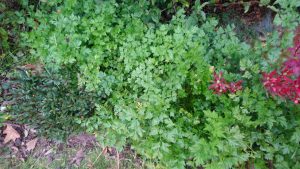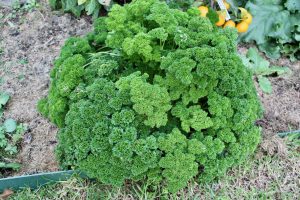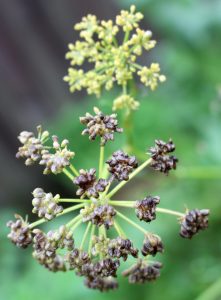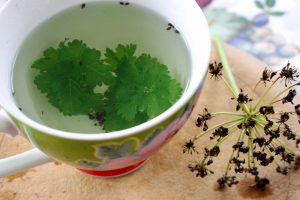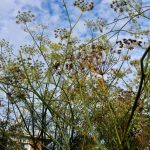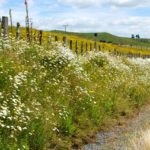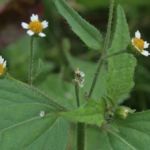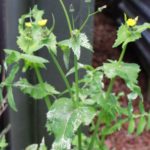Why an article about parsley you may be asking, surely it’s a herb not a weed? In a garden I look after parsley has become a ‘weed’ in a shrub border and I’ve been told to pull the plants out. However, I sneakily leave some to munch while gardening and I think it is decorative. So does the Botanic Gardens in Manurewa, Auckland who have used it to edge borders.
The only separation between a ‘weed’ and a garden plant is a judgement, so any plant can become a weed if the person doesn’t like or want it. Of course nature doesn’t play by those rules and open, fertile ground is seen as up for grabs by opportunistic plants, in this case parsley.
Weed or herb parsley is priceless as a source of nutrition and health benefits. It contains more iron,
protein, phosphorus, thiamine, potassium, riboflavin and niacin than most other fruit and vegetables. From the Healthline website parsley contains 133 mg of vitamin C per 100 grams and two tablespoons of fresh parsley sprinkled over your meal provides 11% of the daily requirement. High levels of vitamin C help the absorption of iron that it contains. Parsley also contains vitamin A, boron and fluorine which helps strengthen bones.
Parsley is a frost hardy biennial – going to flower and setting seed in its second year. The main varieties are: tightly packed, curly, bright green leaves Petroselinum crispum (used for garnishing), flat leaves known as Italian parsley Petroselinum neapolitanam, (I have from Northland Dalmatian Parsley a heritage flat leaf variety) or turnip-rooted parsley Petroselinum crispum tuberosum – the roots are eaten rather than the leaves, and Par-cel Apium graveolens secalinum also has flat leaves known as leaf celery, but eaten like parsley and it tastes like a cross between the two.
Parsley has a rich history of use. The Ancient Egyptians used it for stomach-ache and urinary disorders and the Romans considered it a sacred herb believing it prevented intoxication. They even fed it to their
chariot horses, believing it made them gallop faster. Parsley germination takes three to six weeks and is known to be patchy or fail – this habit caused a saying that parsley seed goes to the devil and back seven times before it comes up, and the devil likes it so much he keeps some. Speed up germination by soaking the seed in hot water.
Parsley has a distinctive odour and flavour due to Apiole an essential oil with calming properties still in use today. All parts of the plant including seeds can be used as a diuretic, to clear toxins, for disorders of the bladder, kidney, cystitis, oedema, sciatica, anaemia, rheumatic and arthritic conditions, menstrual problems, and to contract the uterus after childbirth. Parsley should not be taken medicinally during pregnancy. A strong tea of the leaves is a very good drink for diabetics.
Try this for head lice – Boil 500 ml water and pour over 1 tablespoon of seeds. Steep at least seven hours and then rub into the hair. To stimulate hair growth, halt baldness and remove dandruff, pour boiling water over leaves and/or seeds and when cool rub into the scalp. Someone please try this and
report the result.
Some recipe ideas: Salsa verde (green sauce), is made from olive oil, vinegar or lemon juice, garlic, parsley, capers and anchovies, in Italy and from onion, garlic, chilli peppers, parsley and coriander in Mexico. It also features in tabbouleh, a Middle Eastern salad made with bulgar wheat, finely chopped tomatoes and onions with plenty of parsley.
Dining out? Do yourself a favour and eat the garnish on your plate!
